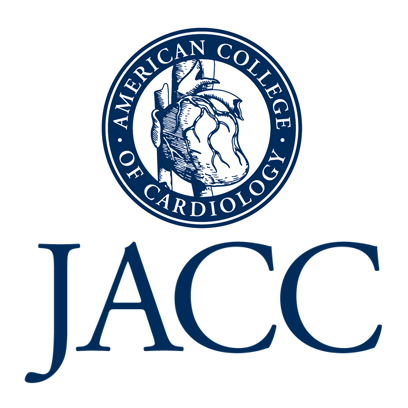
Left atrial appendage occlusion (LAAO) continues to advance as a viable therapy for stroke prevention in nonvalvular atrial fibrillation patients. A new state-of-the-art review published in JACC: Clinical Electrophysiology examines LAAO’s clinical progress, device evolution, and areas requiring further research, while addressing key considerations for patient selection and procedural approaches.
Key Points:
- The left atrial appendage serves as the primary site for thrombus formation in AFib patients and represents a significant source of non-pulmonary vein triggers, making it a crucial therapeutic target for stroke prevention strategies.
- Current guidelines from ACC, AHA, and HRS provide Class 2a recommendations for LAAO in patients with moderate to high stroke risk or contraindications to long-term oral anticoagulation, while offering Class 2b recommendations for those who can reasonably continue long-term OAC.
- Device technology has experienced substantial advancement, with emerging innovations focusing on coated devices and novel closure methods to address limitations like device-related thrombosis.
- Critical questions remain regarding optimal patient selection criteria, preferred procedural approaches, device selection, antithrombotic regimen optimization, and management of both periprocedural and postprocedure complications.
- The evolving LAAO market emphasizes three primary objectives: reducing operator learning curve complexity, improving closure efficiency, and enhancing overall procedure safety profiles.

HCN Medical Memo
The evolution of LAAO therapy represents a significant advancement in stroke prevention for AFib patients, particularly for those with contraindications to long-term oral anticoagulation. Ongoing research continues to refine patient selection criteria and procedural techniques.
More on LAAO
 PATIENT EDUCATION
PATIENT EDUCATION  OBESITY/WEIGHT MANAGEMENT
OBESITY/WEIGHT MANAGEMENT  EXERCISE/TRAINING
EXERCISE/TRAINING  LEGAL MATTERS
LEGAL MATTERS  GUIDELINES/RECOMMENDATIONS
GUIDELINES/RECOMMENDATIONS 